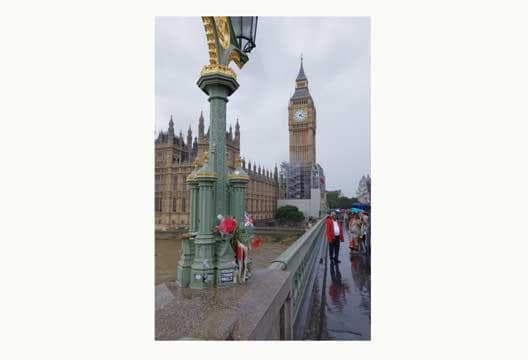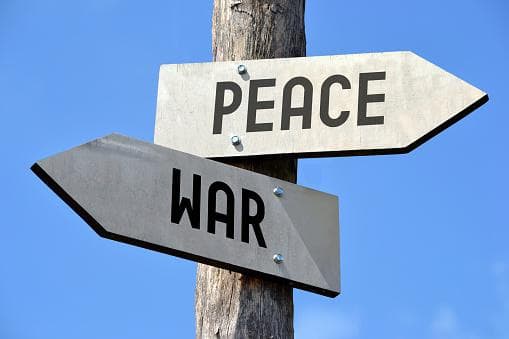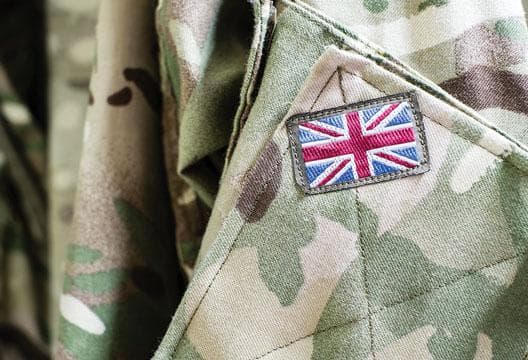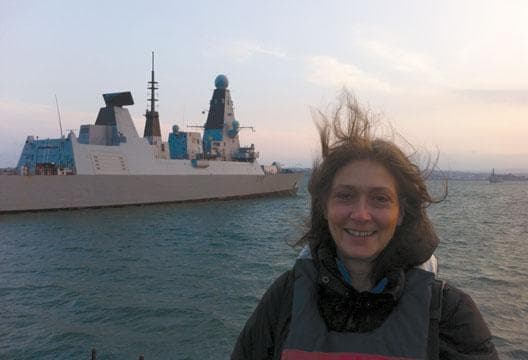
Communicating security
Ella Rhodes reports from the British Psychological Society's Military Psychology conference.
30 November 2018
Share this page
At the sixth Military Psychology Conference – organised by the British Psychological Society's Wessex Branch for the final time – disinformation, propaganda, fake news and communication were up for discussion. Experts who work within, and alongside, the police Ministry of Defence and the armed forces painted a picture of a rapidly shifting world and the challenges that presents.
Dr Helen Innes and Diyana Dobreva (Crime and Security Research Institute, Cardiff University) have been examining the ways in which misinformation proliferates on social media in the wake of terrorist attacks, with a particular focus on attacks in the UK in 2017. Often narratives fill a vacuum in the early hours post-crisis. Confusion and a lack of hard information reign. These narratives serve to cast individuals involved in catastrophe as heroes or villains, whether accurately or not.
Innes and Dobreva collected information on Twitter, Facebook and YouTube that emerged shortly after terrorist attacks – this amounted to more than 30 million data points. Individuals such as Paula Robinson, who supposedly helped 50 children to safety following the bombing of Manchester Arena, emerge quickly as heroes; these narratives persisted even after the facts of Robinson's story were debunked by the police. Similarly, individuals may be cast in villain roles through misinformation on social media; radical preacher Abu Izzadeen was blamed erroneously for carrying out the Westminster terrorist attack in March 2017, a narrative also incorrectly reported by the foreign media and on Channel 4 News before later correction.
The researchers also identified a significant role of far-right actors in spreading rumours and falsehoods, including Kremlin 'sock puppet' accounts. Interestingly, Kremlin-linked accounts were also involved in pushing left-wing, as well as right-wing viewpoints, seemingly in an attempt to destabilise narratives. Innes and Dobreva suggested we need to be better equipped, from a communications point of view, to respond in such events to prevent falsehoods and misinformation spreading too widely in the wake of chaotic and horrific events.
The importance of good communication was highlighted again by Dr Andrea Shawyer (University of Portsmouth) in her research into fire service control room operators. She and her colleagues, including Professor Rebecca Milne, are developing an evidence-based communications protocol for operators. To this end they have surveyed staff on how they handle calls and listened to 481 recorded calls. Important decisions are made on the basis of information gleaned by control room operators in extremely short calls; misinformation can also emerge from the questions asked of a witness or person involved with an incident.
With a mean call time of 66 seconds, Shawyer found operators were able to gather important information to pass on to fire crews and were good at building rapport with callers. The researchers are moving on to the final phase of the study looking at the experiences of firefighters and the information they receive, and testing their evidence-based communications protocol.
Indeed, communication has been at the heart of Milne's research and practice for more than two decades. She has explored the interviewing techniques used by police officers, advised the British Transport Police on the best way to interview police personnel in the aftermath of the London Bridge terror attack in 2017, and works as adviser to the National Police Chiefs' Council.
In her keynote address she pointed to a chain of events that can lead to the police gathering incorrect information… poor questions lead to poor information, which in turn leads to poor decisions. Milne pointed to the many factors that may affect the information people give during interviews, with a particular focus on the malleability of memory and the effects of trauma, and the impact on recall of the questions that are asked.
In working with those who gather information, Milne has explored what she calls the contamination timeline – specific points at which people may unwittingly give false information after, or during, an incident. For example, at the scene of an incident witnesses may talk with friends thus affecting their own memories, and misinformation may even arise via the questions asked by call operators in the ambulance, fire and police services. While methods such as cognitive interviews are the best way to gather accurate information these are not always used in practice, she said.
The new BPS Defence and Security Section, officially launched at the conference in Basingstoke's Ark Conference Centre, will take over the organisation of the conference from this point on. Lancaster Security, based at Lancaster University, sponsored poster prizes and several bursaries at the conference; PhD student Colm Doody (National University of Ireland Galway) won first prize for his Cochrane Review protocol, which will explore the effectiveness of pre-deployment programmes that aim to build resilience in military personnel, emergency service staff and emergency humanitarian workers. The second place poster prize was awarded to Dr Marie Cahillane and Dr Victoria Smy (Cranfield University), who have researched the various cognitive heuristics people use when deciding on the credibility of information online. Christopher Wolper (Midwestern University, Glendale) travelled from Arizona, thanks to a bursary, to present his poster on the impact of traumatic stress on decision making.
For posters and many of the presentations from the conference see www.kc-jones.co.uk/military2018


